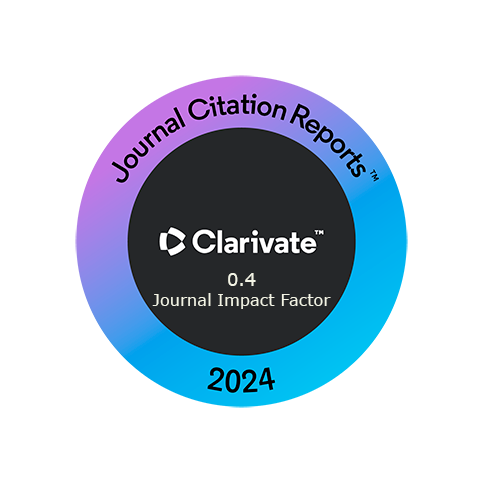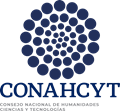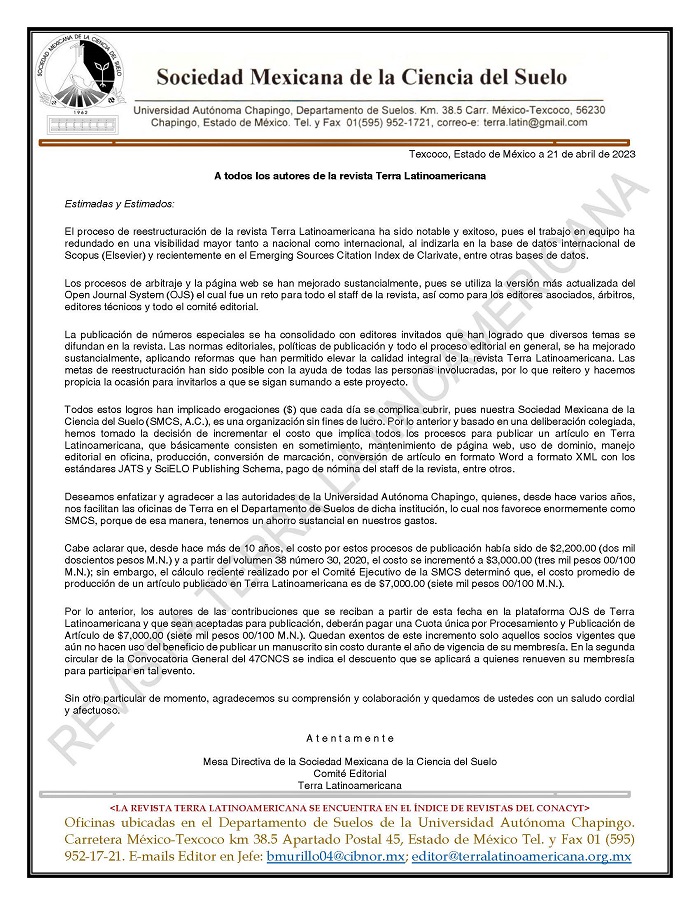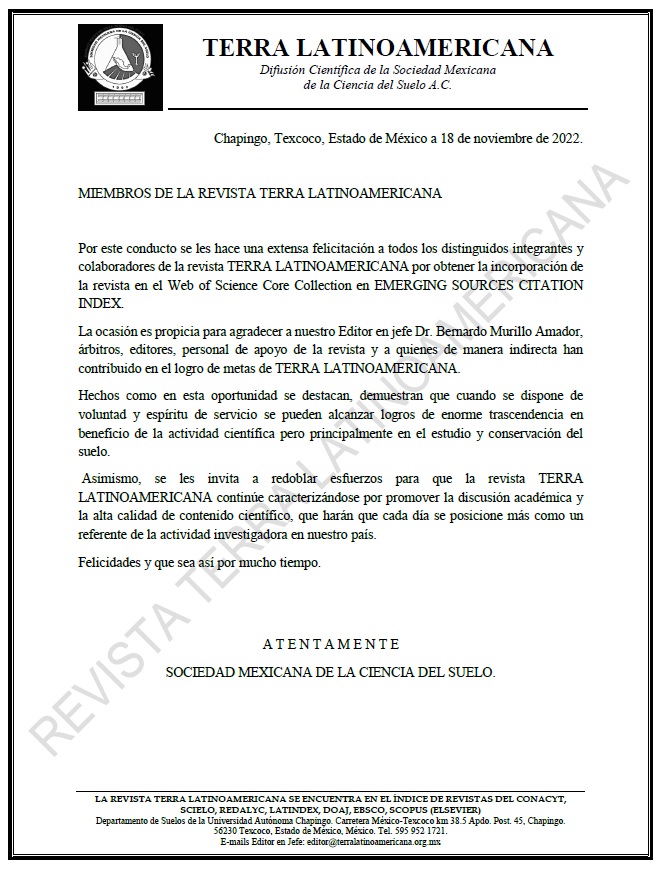Glucosides in Response to two sources of nutrition in Stevia rebaudiana Bertoni.
DOI:
https://doi.org/10.28940/terra.v36i4.318Keywords:
estevioside, rebaudioside A, growing degree daysAbstract
The Stevia rebaudiana Bertoni is a plant native to Paraguay known for the sweet taste of its leaves. In recent years the area planted in stevia has increased considerably in several countries as an alternative to the consumption of sucrose. The objective of this work was to determine the concentrations of stevioside and rebaudioside A in leaves of Stevia rebaudiana Bertoni, variety Eirete, and their yield in response to application of different doses of nitrogen. The leaves of Stevia rebaudiana Bertoni, Eirete variety, were used to determine yield and concentration of stevioside and rebaudioside A in a nitrogen dose application assay. The assay was conducted for four months in a soil-tezontle mix (porous volcanic rock) (60:40%). Chicken manure and vermicompost as a nitrogen source were used at three doses: 1, 2, and 4 g N plant-1. The treatments were generated from a complete 3 2 factorial array. These treatments were distributed in the greenhouse in a completely randomized block design with four replicates. Water by drip irrigation was supplied in correspondence to calculated daily evapotranspiration, and the maximum and minimum temperature data were used to obtain the mean temperature. This was used to determine growing degree days (GDD) and thus propose the phenological model. Five samplings were done to determine nutrient concentration, glucosides, plant height, basal buds, and shoot biomass. Physical characterization of the substrates was done at the beginning and at the end of the assay to observe changes in the substrate. For yield, the best response was with vermicompost, 4 g N plant-1, resulting in 9 buds and 19 g stevia leaves per plant, relative to the treatment with chicken manure at the same dose, which obtained 3 buds and 12 g plant-1. With regard to glucosides, the highest concentrations of stevioside and rebaudioside A were found in the treatments with vermicompost 1 and 2 g N plant-1 (11.1 and 12.1%, respectively). In relation to the physical properties of the substrate, there was an observed decrease in readily available water from the beginning to the end in the treatments with chicken manure, but not in the treatments with vermicompost. The phenological model shows that the energy required to harvest time from flowering is 604 GDD, although the highest concentration of glucosides was at 562 GDD, which indicates that harvest should be carried out at this phenological stage. The use of the vermicompost favors stevia vegetative growth. In addition, according to the data obtained, it promoted higher concentrations of stevioside and rebaudioside A and is thus an option for the organic fertilization of stevia.Downloads
Publication Facts
Reviewer profiles N/A
Author statements
- Academic society
- Terra Latinoamericana
- Publisher
- Mexican Society of Soil Science, C.A.

















